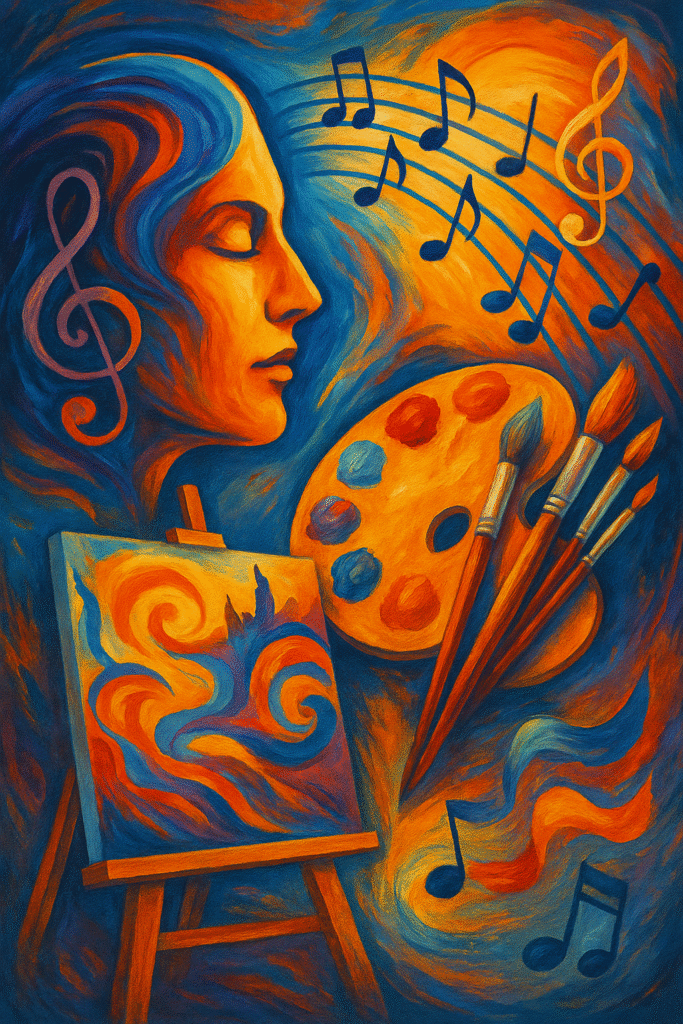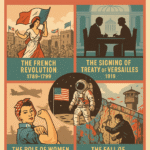In a world where art manifests in numerous forms, the connection between music and visual composition transcends mere aesthetics. Both art forms intertwine to create powerful experiences that evoke emotions and provoke thoughts. Understanding how these two domains relate opens up new avenues for creativity.
The Relationship Between Music and Visual Composition
How Music Influences Visual Composition
The connection between sound and imagery is profound. Music acts as a catalyst for visual interpretation. Artists often draw inspiration from melodies, rhythms, and beats to enhance their visual narratives. For instance, renowned artist Wassily Kandinsky believed that art and music are intertwined, with colors and shapes in a canvas resonating like notes in a symphony.
Impact of Music on Visual Art
1. Emotion Amplification: Music can deepen viewers’ emotional engagement with visual art. A serene painting accompanied by calming music creates a tranquil experience.
2. Enhanced Contextualization: Soundtracks can provide context to visual stories, allowing audiences to interpret meaning beyond the primary visuals.
3. Rhythm and Movement: The rhythm of music can influence visual design elements, guiding viewers’ eyes across a composition through dynamic movement.
Incorporating sound into animations and film is another excellent example of this integration. The music employed in these visual compositions compels audiences to feel a certain way, thereby enhancing storytelling.
Music and Art Integration Techniques
Visual Composition Techniques in Music
* Color and Tone Correspondence: Just as music features varied tones, colors can similarly affect mood. Bright colors might represent excitement, akin to an upbeat tempo.
* Structural Parallels: Music structure—like verses and choruses—can find parallels in visual composition by repeating shapes or patterns, giving coherence.
* Symbolism and Representation: Artists can use elements of music symbolism within their work, for example, showing musical notes as part of a visual landscape.
Importance of Music in Art
Music’s role in visual art cannot be underestimated. Studies show that approximately 60% of people feel more emotionally connected to artworks that are paired with music. This highlights the importance of integrating both fields to create immersive experiences.
Creating Multimedia Art Composition
To effectively blend music and visual composition, artists can employ the following strategies:
* Experimentation: Try different genres of music when creating visual art to discover which style resonates best with your work.
* Collaboration: Work alongside musicians to find synergy between visual and auditory expressions.
* Feedback and Iteration: Use audience feedback to refine the integration of audio and visual elements to enhance the overall experience.
Aesthetic Experience of Music and Visual Art
The beauty of music and visual composition lies in its ability to create a unique aesthetic experience. By capturing both sound and sight, artists can elevate their work to another level, connecting deeply with their audience’s psyche. Research indicates that viewers remember visuals longer when paired with music, signifying a strong link between memory and sensory experience.
Conclusion: Embracing the Fusion of Art Forms
In conclusion, the interplay between music and visual composition is not only fascinating but also essential for fostering creative expression. By understanding the relationship between these two domains, artists can develop innovative works that capture the imagination. Ready to explore more? Try integrating different musical styles into your own art for a fresh perspective!


